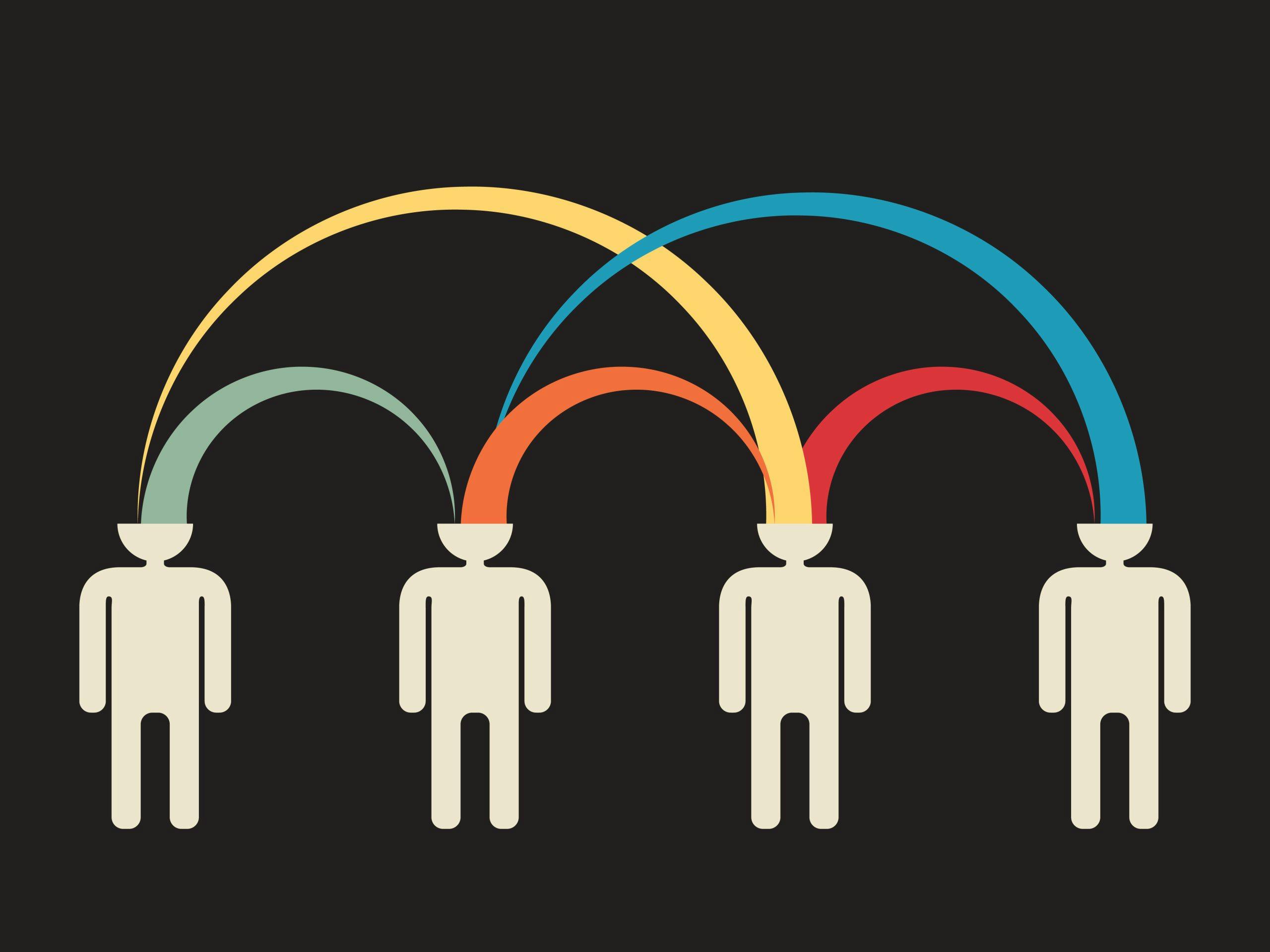One of the challenges of implementing a social recognition solution is developing employees’ capacity and comfort around peer-to-peer aspects.
That’s especially true where recognition has traditionally or predominantly been a top-down process, it can be difficult for all employees to know exactly where to begin when recognizing the contributions of their peers.
To get the ball rolling, here are some ideas to help you bring peer-to-peer recognition to the next level, regardless of where you or others are in the process:
1. Start with examples of personal impact
Chances are that your employees are already contributing to the work of the colleagues around them, either through their own work or by stepping in to provide a helping hand when necessary.
Unfortunately, many of these behaviors are only appreciated in the context of the immediate relationships where help is provided, or worse, are not recognized at all.
But this is the easiest place to start a positive cycle: Taking the time to recognize the personal impact that coworkers already have in the course of day-to-day work.
2. Align personal impact to organizational values
When examples of personal impact are readily recognized, they provide a good starting point for thinking about how those examples also tie into the organization’s core values and goals.
Moving from examples to values can be far easier, especially at the outset of a new program or cultural transformation, than the reverse of starting with a value and then looking for examples of behavior. Gradually, the emphasis towards values-based recognition can increase as examples become more widely shared and transmitted around the organization
3. Leverage values to enhance contribution
Over time, employees become more comfortable recognizing the behaviors of their fellow workers that have personal impact to them, as well as benefit to the organization by aligning with a set of core values or outcomes.
As skill and comfort increase, individuals can become much more strategic in their recognition of others, recognizing and also exhibiting behavior that aligns to a wider benefit yet may be more difficult to “catch.” Employees become much more proactive in being on the lookout for good behavior, rather than merely reacting to contributions that directly affect them.
Undoubtedly, the employees of an organization will be at many different levels of comfort and practice with peer recognition as the practice is adopted, necessitating the deployment of the multiple strategies named above.
A crucial aspect of successfully managing those strategies is finding a solution that provides in-depth analytics and insight into pockets where peer recognition is successfully occurring and where it can be improved – until peer recognition is a robust practice across the entire organization.
What steps have you found helpful as you have developed your own practice of recognizing others?
You can find more from Derek Irvine on his Recognize This! blog.
